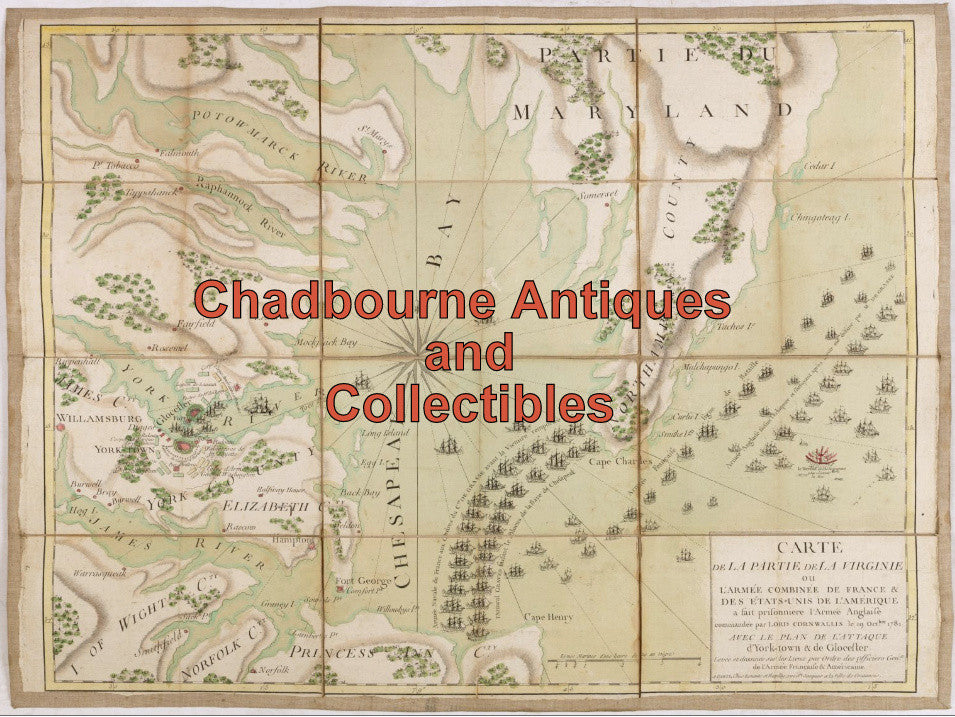$85.00 CAD
| /
Nice early photo of one of the mines opened during the famous Cobalt Silver Rush in Northern Ontario. Mine shaft and mill buildings.
Written on negative ‘MCKINLEY-DARAGH MINE’.
These two men were the original finders of silver in the Cobalt area.
Small note on back in French “Un bonjour de Cobalt votre frère ---"
Postmarked 'COBALT ONT. AUG 24 09’ on 2 cent King Edward VII stamp, mailed to France. ‘BONNEVILLE ---’ receiving postmark.
Small stains/toning on back. light on front. Paper curved.
(Red text is an electronic watermark that is not physically part of the photo for sale)
This mill, named for James McKinley and Ernest Darragh who found silver on this claim in August of 1903, was the first mill to operate in the summer of 1907. Its capacity at the beginning was 15 tons per day but was enlarged to handle 225 tons per day by the year 1913.
The McKinley-Darragh Mill Site introduces the processing stage of a mining operation. Broken ore, hauled from a mine, is further crushed and treated at a mill. Here, high grade ore was separated, and an enriched concentrate and waste tailings produced. The high-grade ore and concentrate were shipped to a refinery for final processing to the bullion stage. Tailings or "slimes'' were dumped near the mill site and represent the very finely ground waste from the ore processed.
By design it was a typical gravity mill built on a hillside so that crushed ore would flow downward by gravity as it passed through the plant. Crushed first by a line of pounding stamps, the pulverized ore then went to jigs, ball mills, and gravity tables.
The ore came from 8 shafts on the property and from the Savage Claim at Cart Lake (Site #5) by means of an aerial tramway. The mill ceased operations in 1927 having recovered 13,000,000 ounces of silver.
The Nipissing Central Railway streetcar service that ran from Cobalt, through Haileybury and on to New Liskeard, passed right beside the mill. This privately owned, narrow gauge railway provided economical and comfortable service in the area until it closed in the 1930s.
https://heritagesilvertrail.ca/10-03-McKinley.html
The Cobalt silver rush started in 1903 when huge veins of silver were discovered by workers on the Temiskaming and Northern Ontario Railway (T&NO) near the Mile 103 post. By 1905 a full-scale silver rush was underway, and the town of Cobalt, Ontario sprang up to serve as its hub. By 1908 Cobalt produced 9% of the world's silver, and in 1911 produced 31,507,791 ounces of silver. However, the good ore ran out fairly rapidly, and most of the mines were closed by the 1930s. There were several small revivals over the years, notably in World War II and again in the 1950s, but both petered out and today there is no active mining in the area. In total, the Cobalt area mines produced 460 million ounces of silver.
The Cobalt Rush was instrumental in opening northern Ontario for mineral exploration. Prospectors fanned out from Cobalt, and soon caused the nearby Porcupine Gold Rush in 1909, and the Kirkland Lake Gold Rush of 1912. Much of the settlement in northern Ontario outside the Clay Belt owes its existence indirectly to the Cobalt Rush.
WIKIPEDIA
